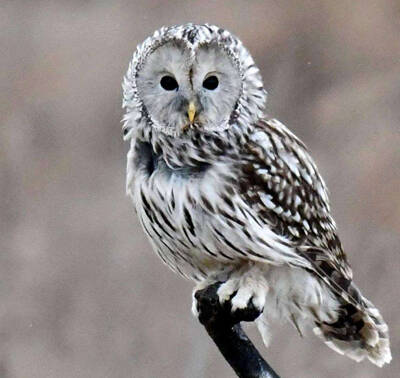
Strix uralensis
Strix uralensis,Brown Wood-owl
Brown Wood-owl, also known as Brown Wood-owl, is a medium-to-large nocturnal···
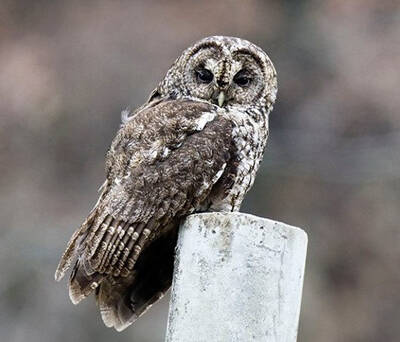
Strix aluco
Strix aluco,Tawny Owl
Tawny Owl, also known as Tawny Owl, is a medium-sized owl with 11 subspecies···
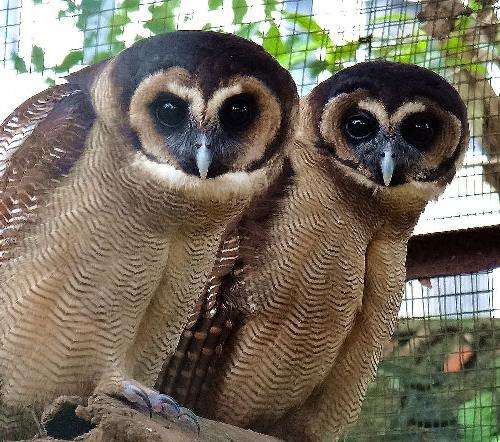
Strix leptogrammica
Strix leptogrammica,Brown Wood-owl,Brown Wood Owl
Brown Wood-owl, also known as Brown Wood-owl in English, is a medium-sized b···
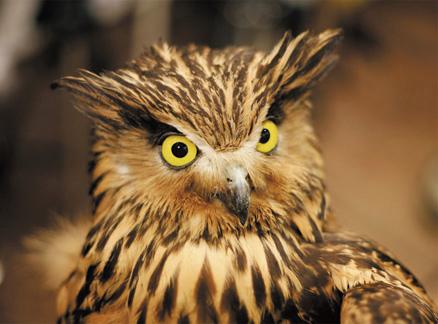
ketupa flavipes
ketupa flavipes,Tawny Fish-owl
Yellow-legged Fish Owl, also known as Tawny Fish-owl, is a large owl with no···
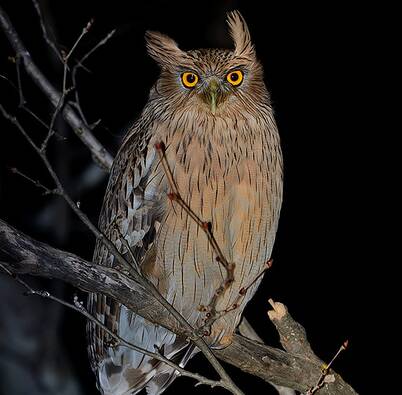
Ketupa zeylonensis
Ketupa zeylonensis,Brown Fish-Owl
Brown Fish-Owl is a large owl with 4 subspecies.Brown Fish-Owl often moves a···
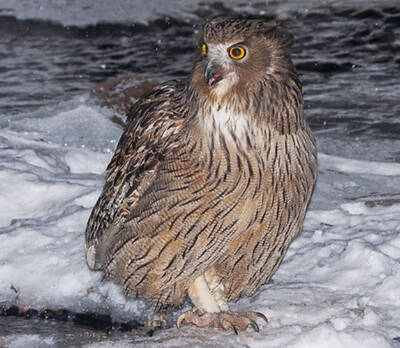
Bubo blakistoni
Bubo blakistoni,Blakiston's Eagle-owl
Blakiston's Eagle-owl is a large owl with two subspecies.The Hairy-legge···
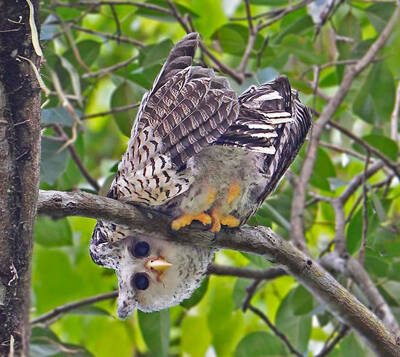
Bubo nipalensis
Bubo nipalensis,Spot-bellied Eagle-owl
Spot-bellied Eagle-owl, also known as Spot-bellied Eagle-owl, is a large owl···
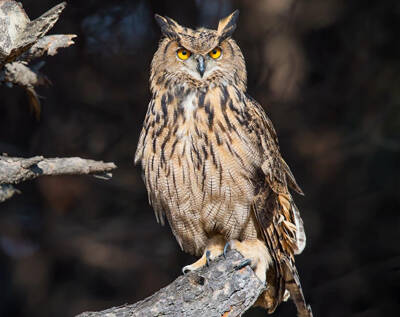
Bubo bubo
Eurasian Eagle-owl,Eagle owl, eagle owl, horned owl, eagle owl, fish owl
The eagle owl is called Eurasian Eagle-owl in foreign language. It is a noct···
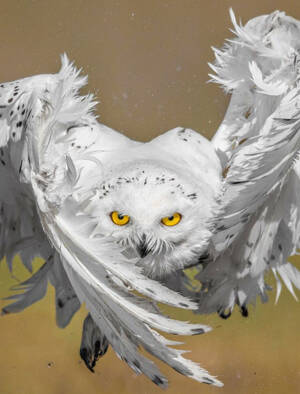
Bubo scandiacus
Bubo scandiacus,Snowy Owl,Snowy Owl, White Owl, White Owl, Snow Eagle
Snowy Owl, also known as Snowy Owl in English, is a bird of prey with no sub···
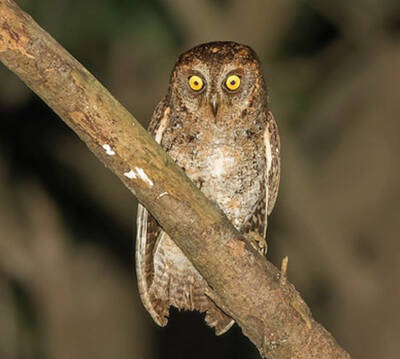
Otus elegan
Otus elegan,Ryukyu Scops-owl,Elegant Scops-Owl,Okinawa Scops Owl, Ryukyu Scops Owl
The elegant scops-owl, also known as the Ryukyu Scops-owl, is a nocturnal bi···
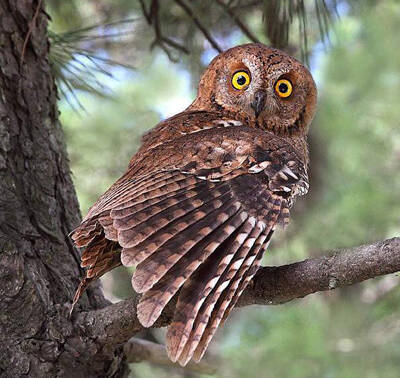
Otus sunia
Otus sunia,Oriental Scops-owl,Common horned owl, Eastern owl
The Oriental Scops-owl is a small bird of prey with 9 subspecies.The Red Sco···
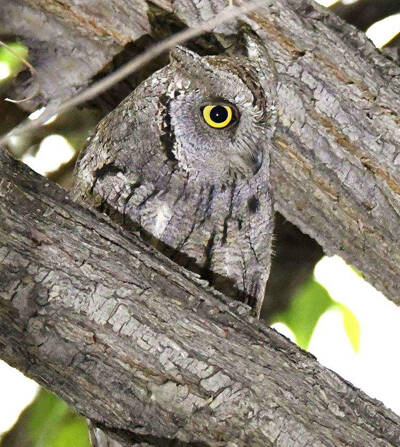
Otus scops
Otus scops,Eurasian Scops-owl,Eurasian scops owl, Common scops owl, Ulabaul-Ulba, night owl, cacophonous bird
The Western Red Scops Owl, whose foreign name is Eurasian Scops-owl, has 5 s···
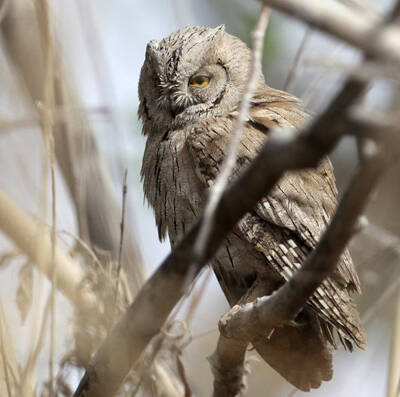
Otus brucei
Otus brucei,Pallid Scops Owl
Pallid Scops Owl is a small osprey with 4 subspecies.Pallid Scops Owl usuall···
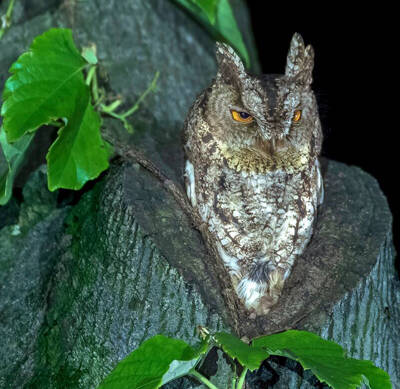
Otus semitorques
Otus semitorques,Japanese Scops-owl
The Japanese Scops-owl is called Japanese Scops-owl in English and has three···
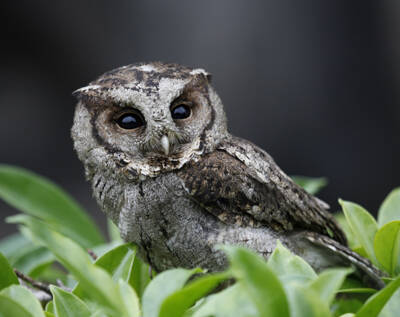
Otus lettia
Otus lettia,Collared Scops Owl
Collared Scops Owl, also known as Collared Scops Owl, is a small bird with 5···
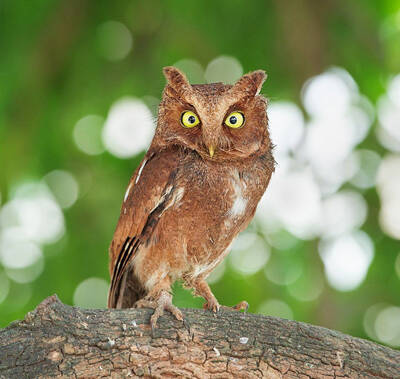
Otus spilocephalus
Otus spilocephalus,Mountain Scops-owl
The Yellow-billed Scops Owl is a small bird with 8 subspecies.The Yellow-bil···
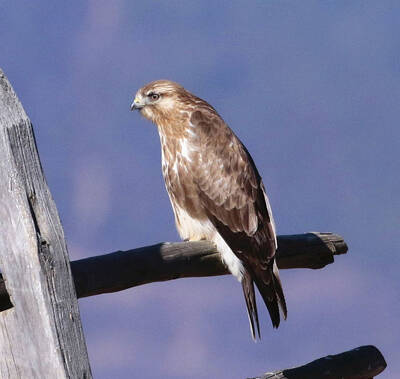
Buteo refectus
Buteo refectus,Himalayan Buzzard,Buteo buteo burmanicus Hume, 1875,Buteo japonicus refectus Portenko, 1935,Buteo refectus Portenko, 1935,Buteo buteo refectus Portenko, 1935
Himalayan Buzzard, also known as Himalayan Buzzard in English, is a medium-s···
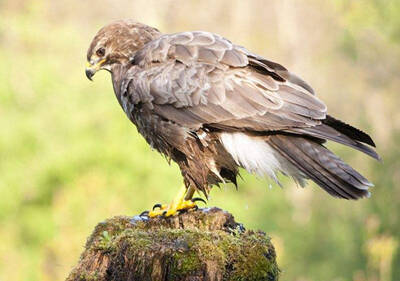
Buteo japonicus
Buteo japonicus,Eastern Buzzard,Japanese buzzard, East Asian buzzard
Common buzzard is a medium-sized bird of prey with three subspecies.Common b···
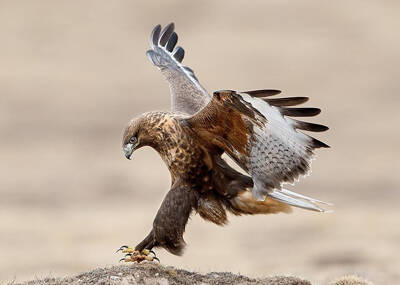
Buteo hemilasius
Buteo hemilasius,Upland Buzzard,Leopard, egret leopard
The Upland Buzzard is a large bird of prey with no subspecies.The Upland Buz···
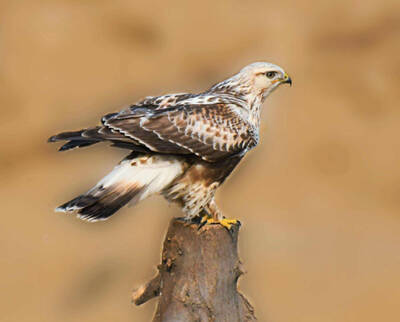
Buteo lagopus
Buteo lagopus,Rough-legged Buzzard, Snow Leopard, Hairy-footed Buzzard
Rough-legged Buzzard is a medium-sized bird of prey with 4 subspecies.Rough-···
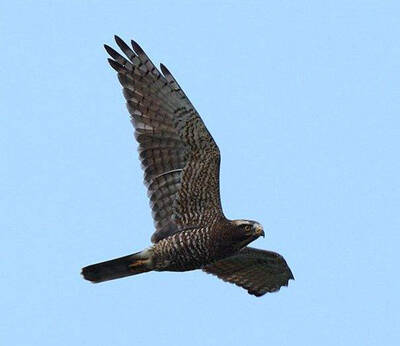
Butastur indicus
Butastur indicus,Grey-faced Buzzard,Gray-faced hawk, Gray-faced hawk, Gray-faced buzzard
Grey-faced Buzzard is a medium-sized bird of prey with no subspecies.Grey-fa···
